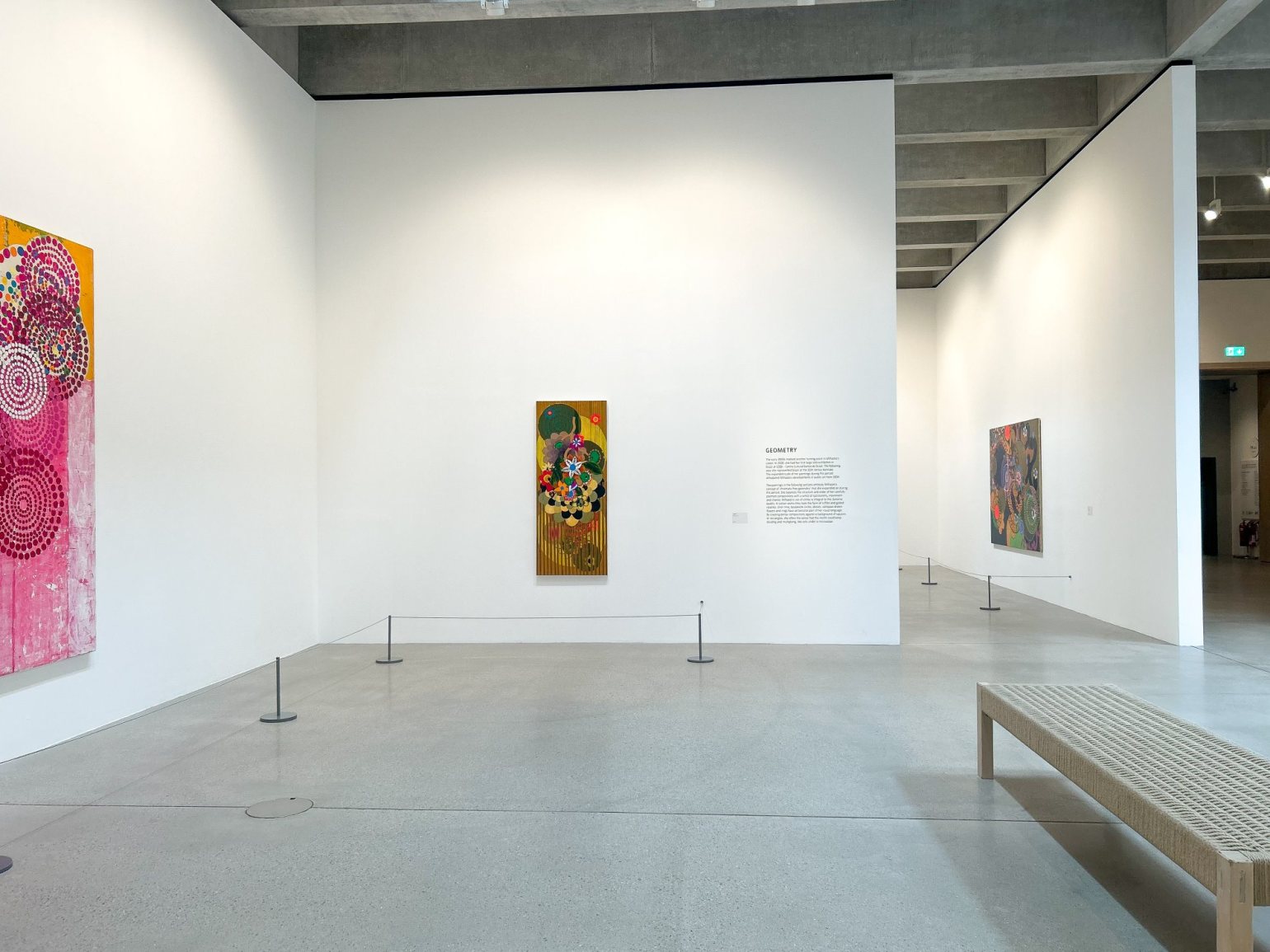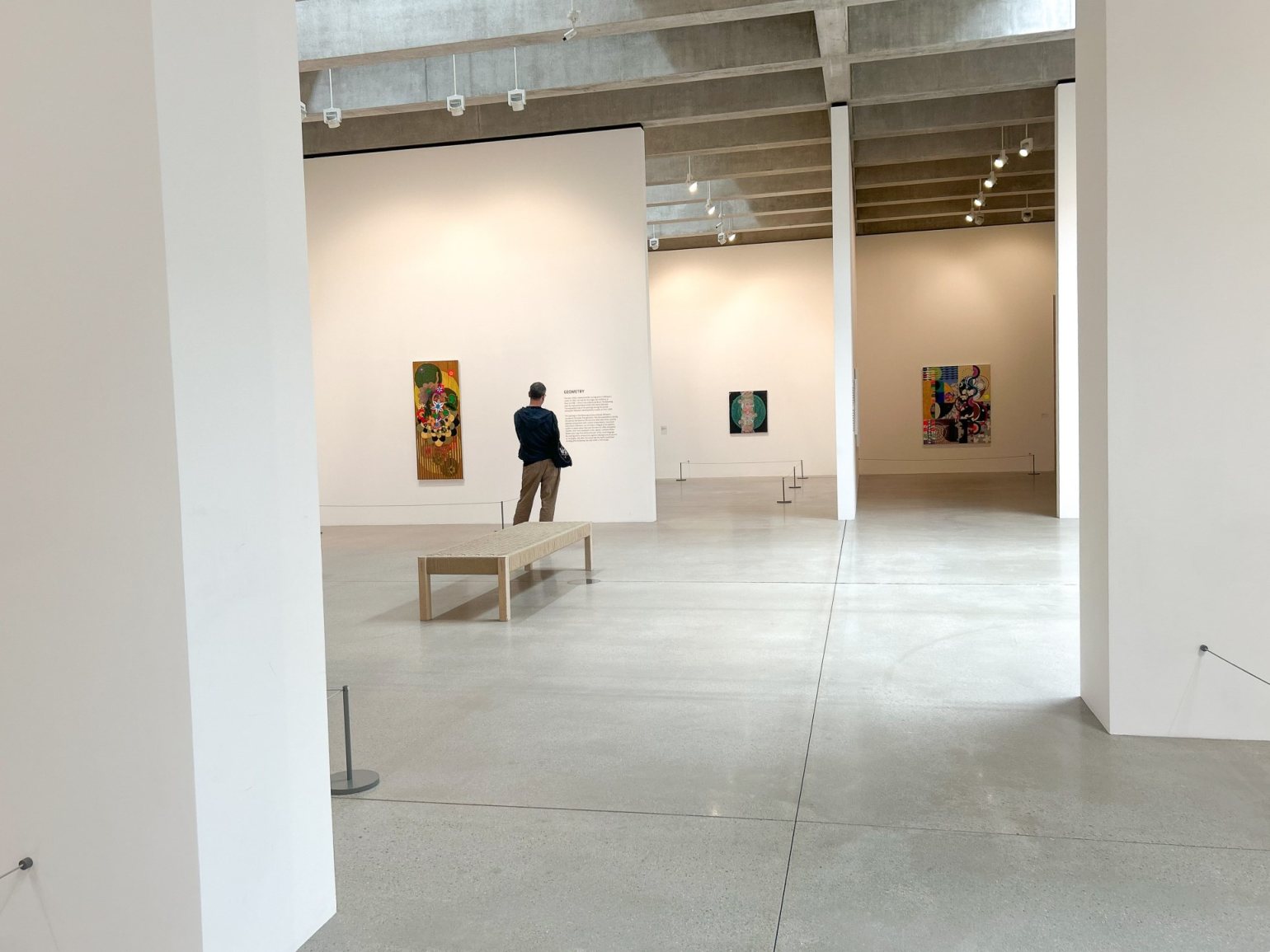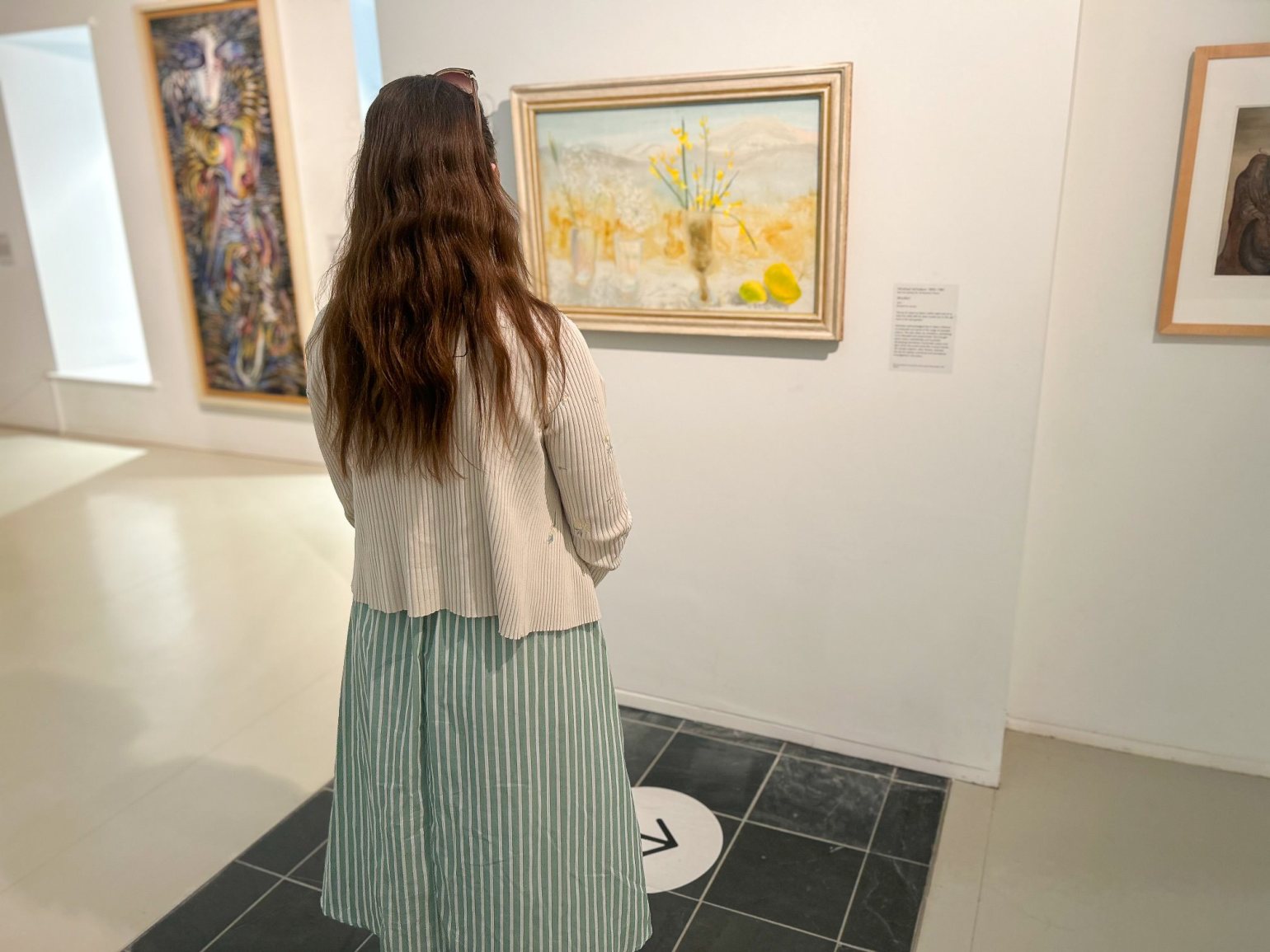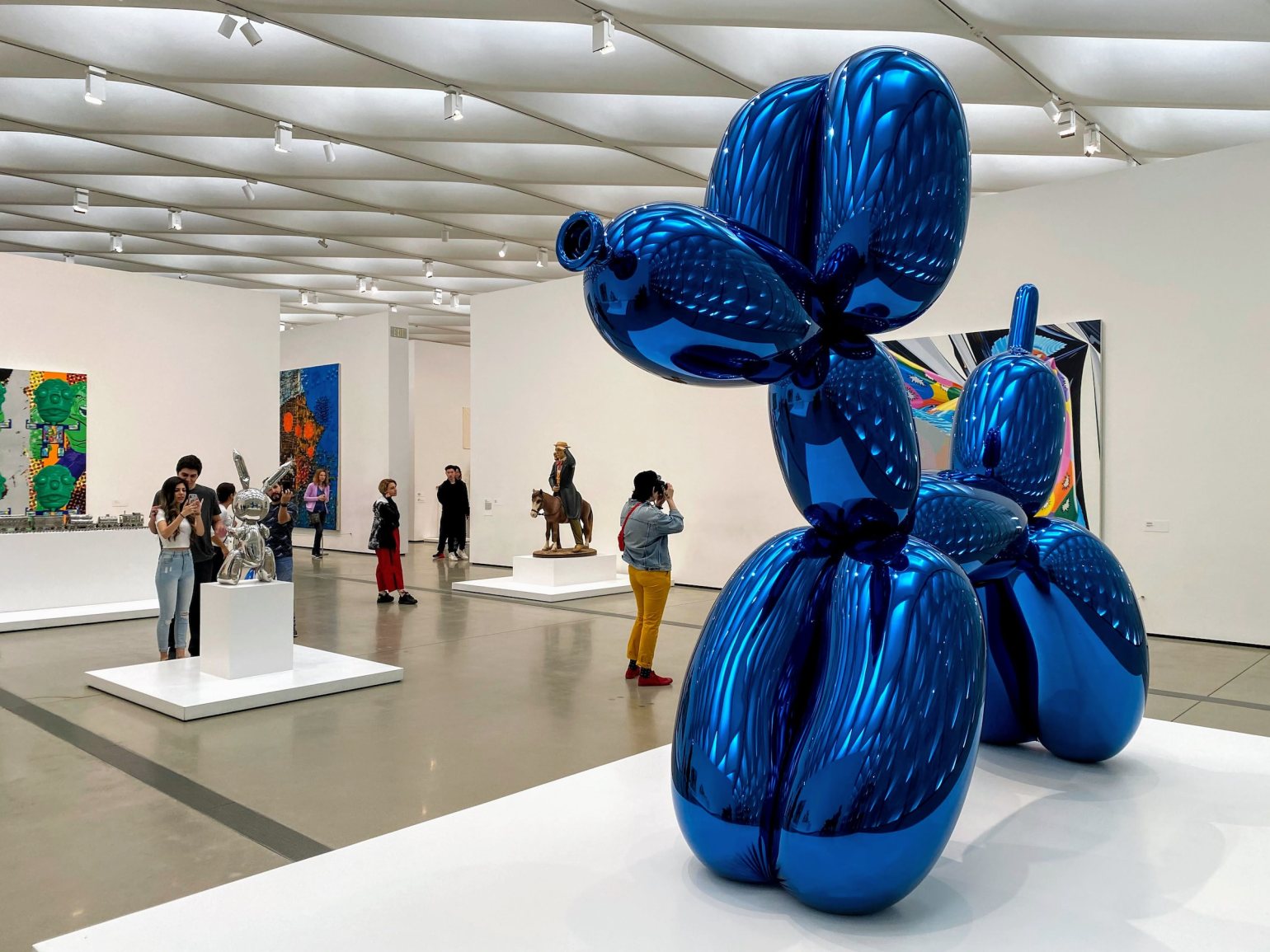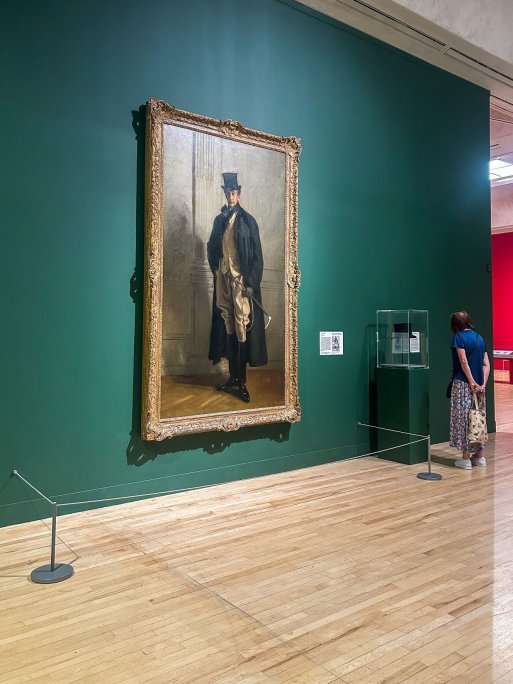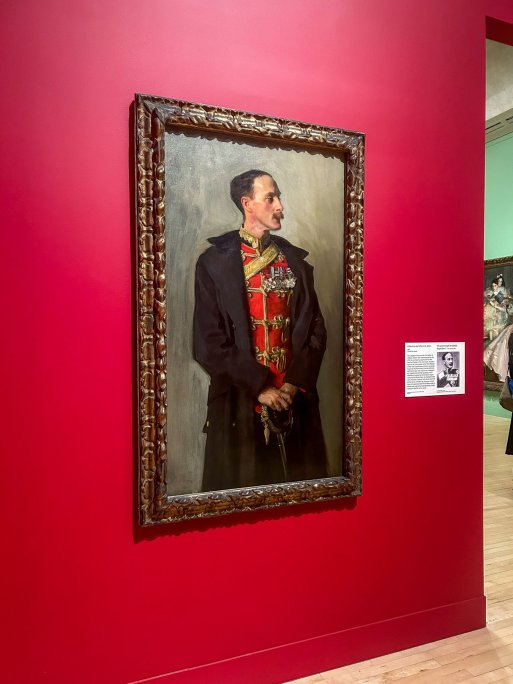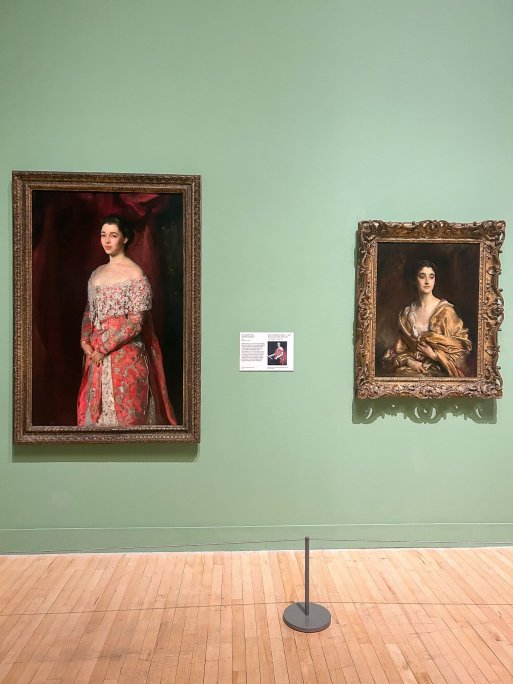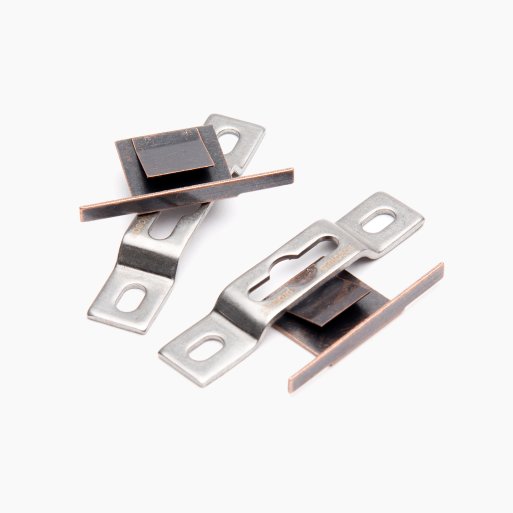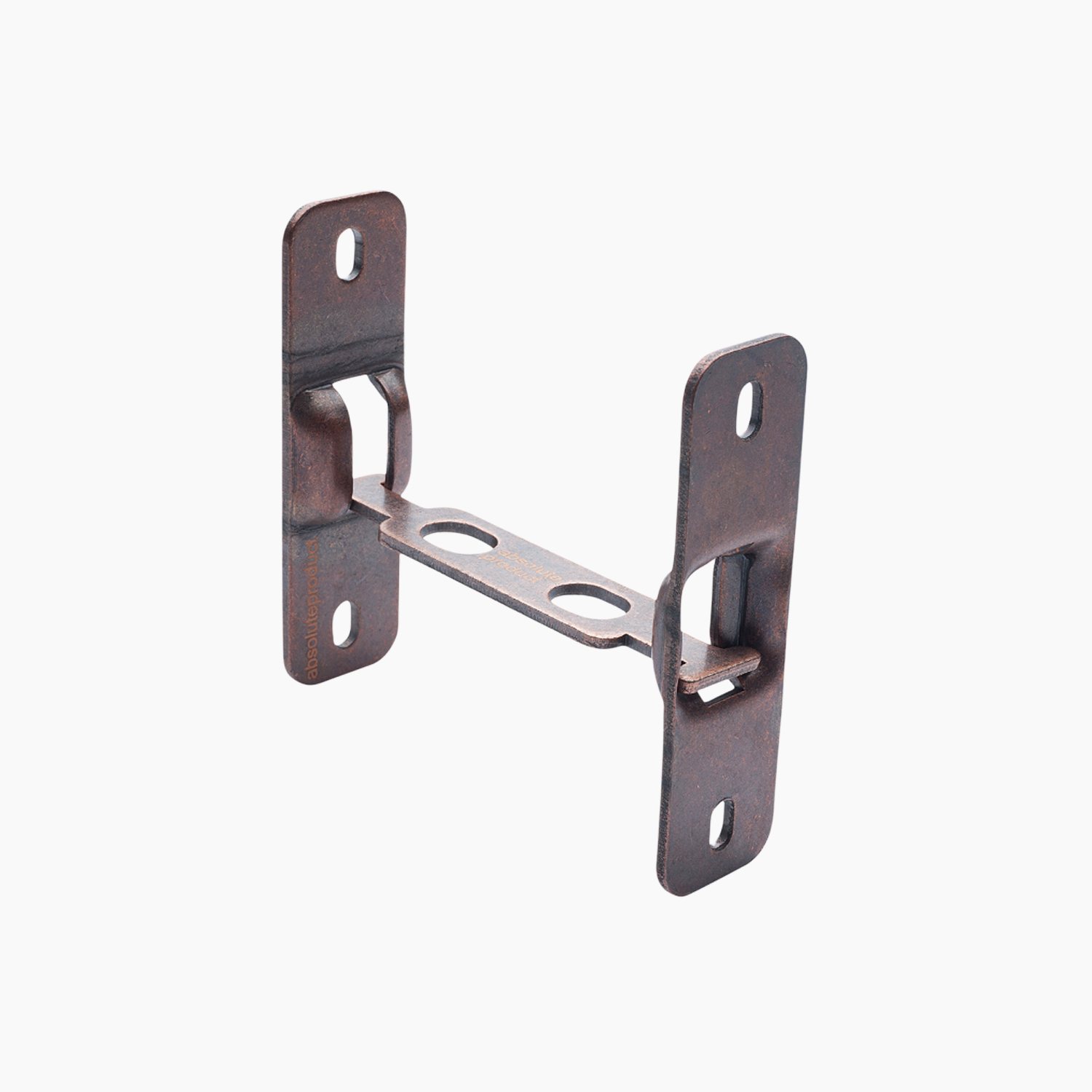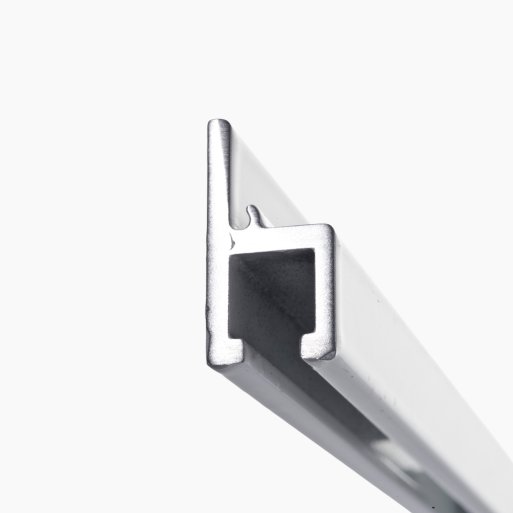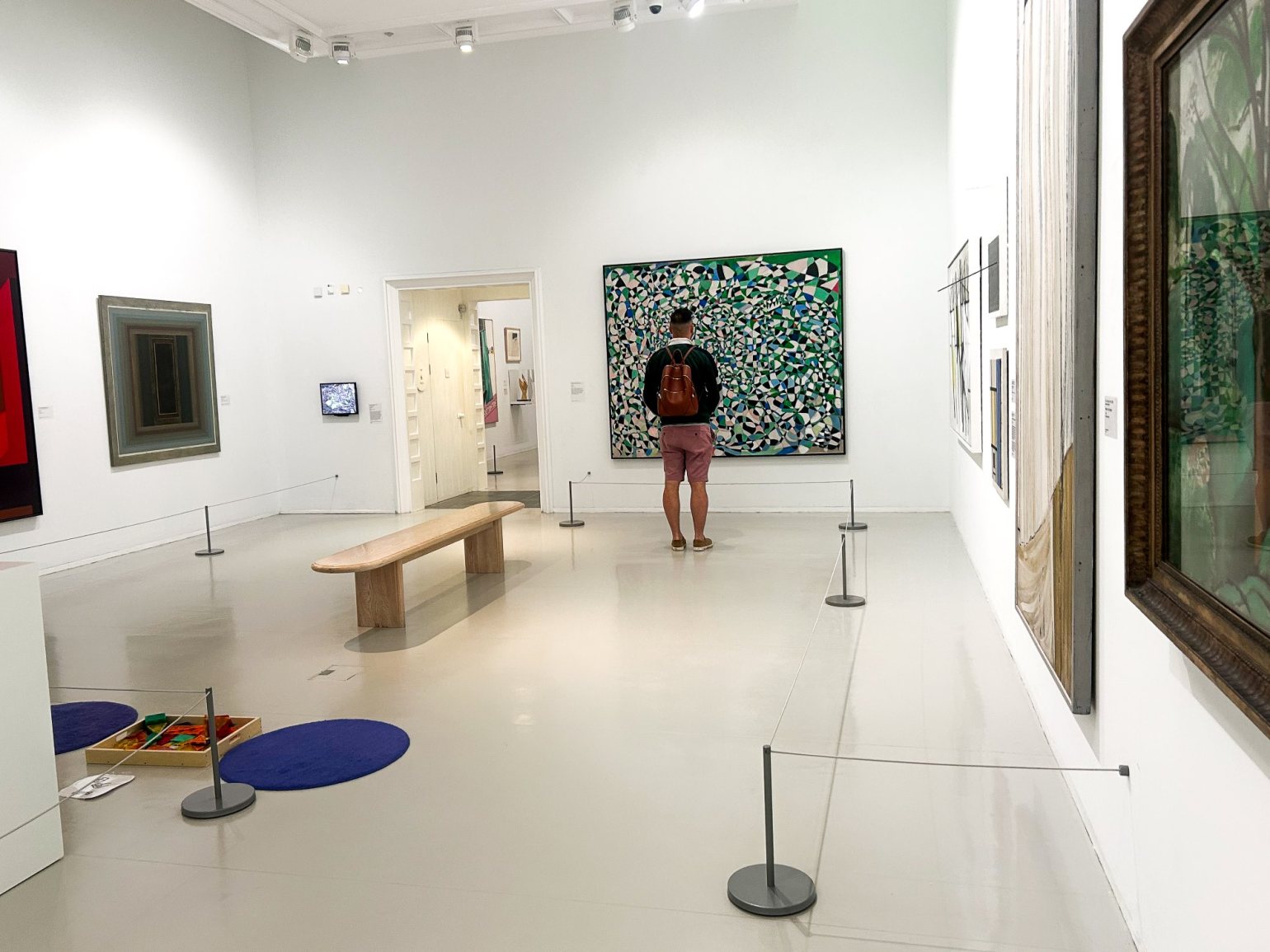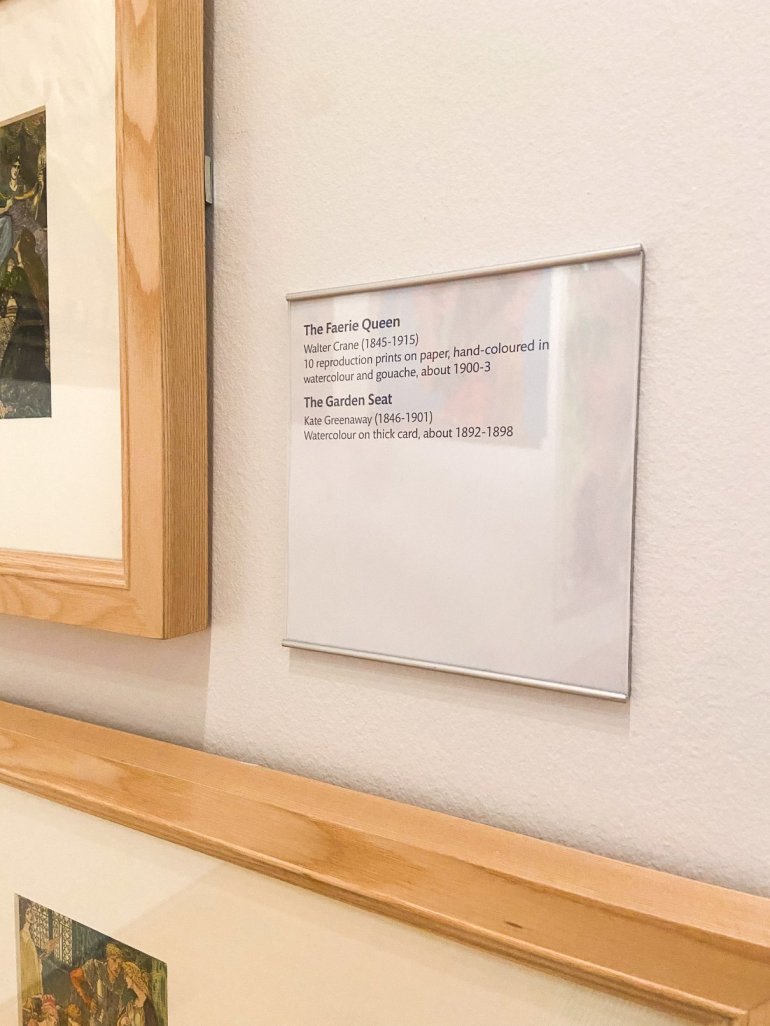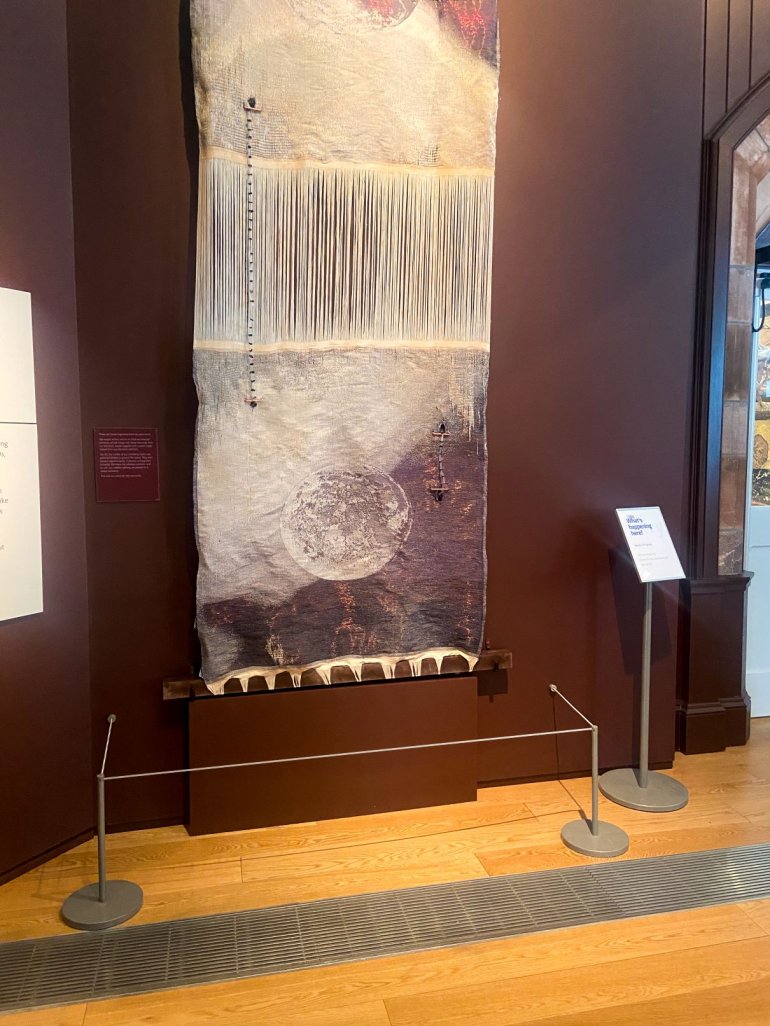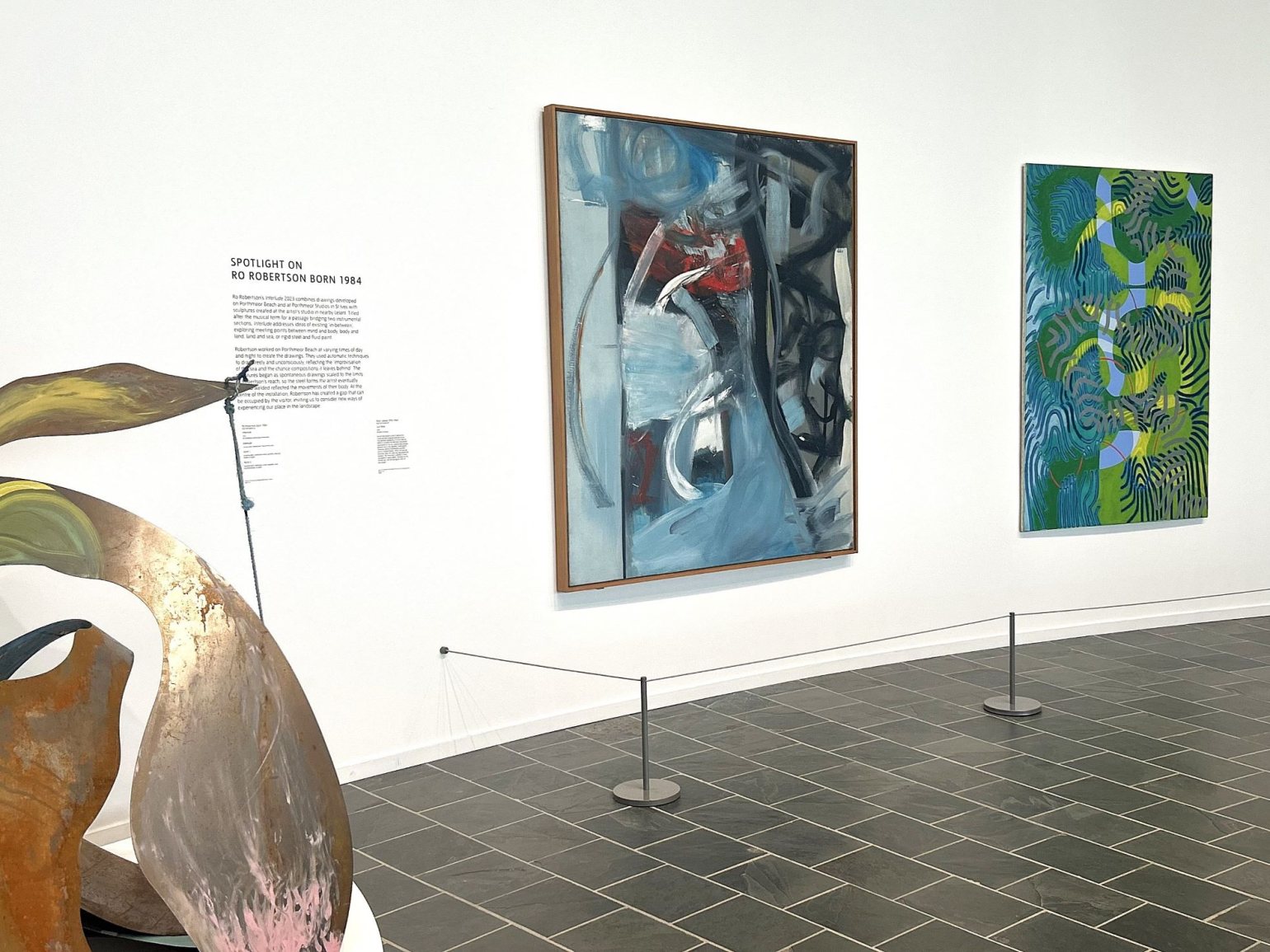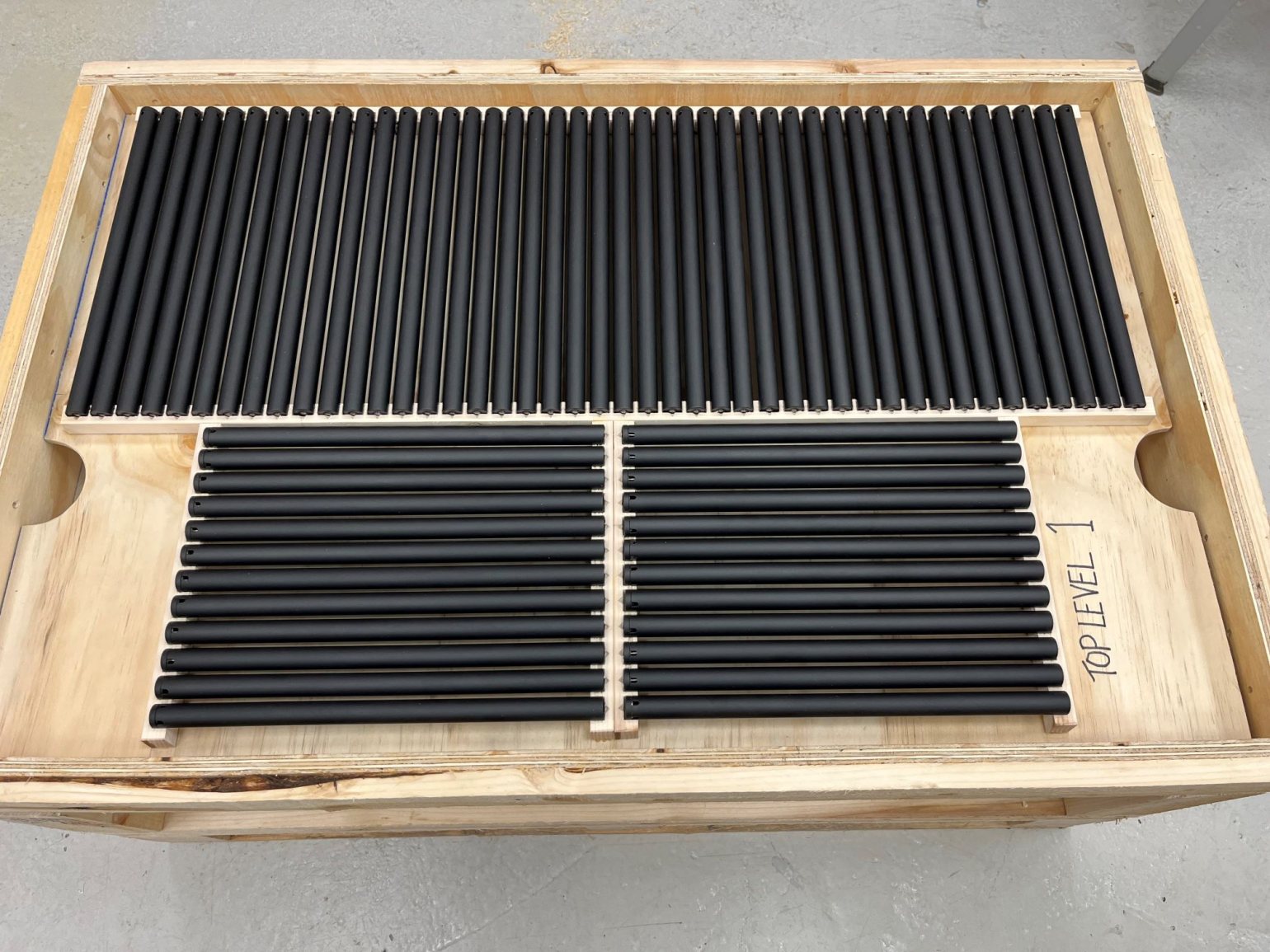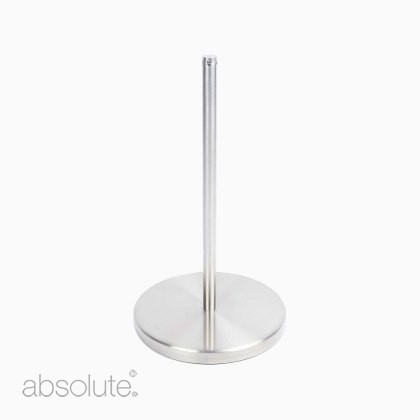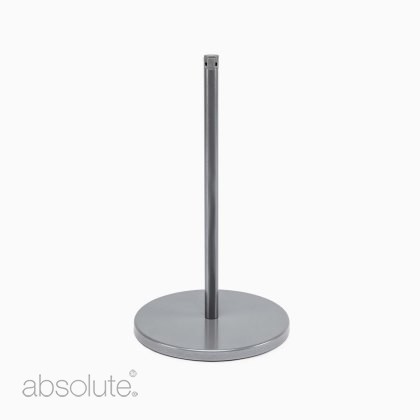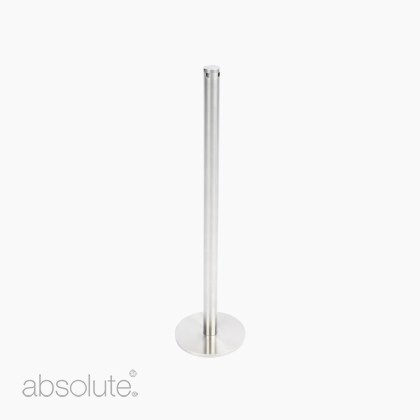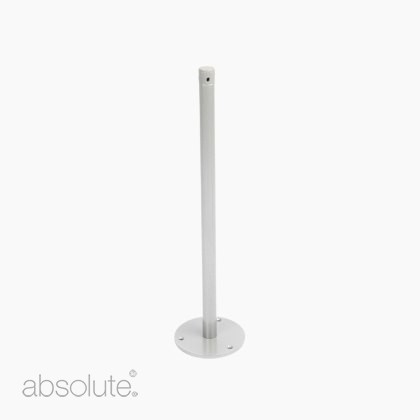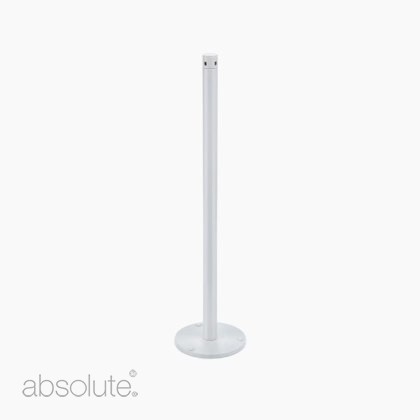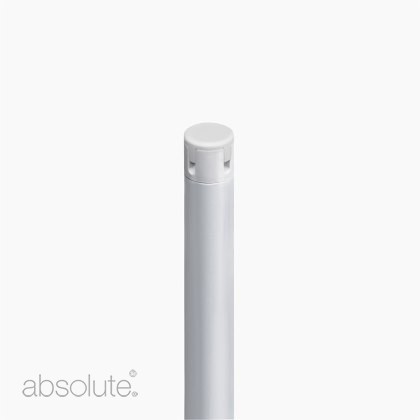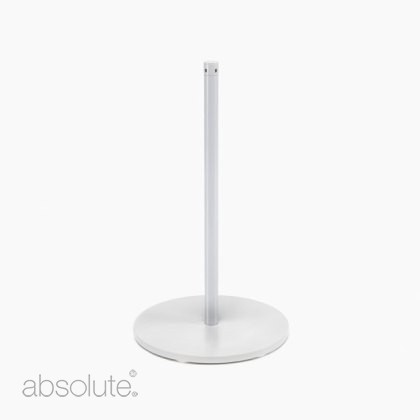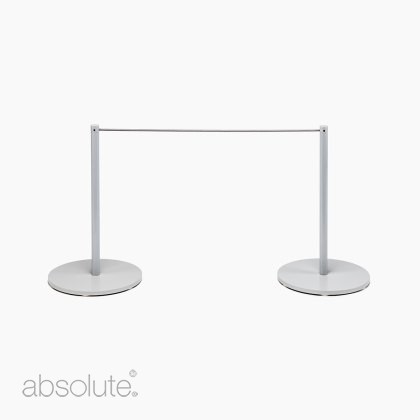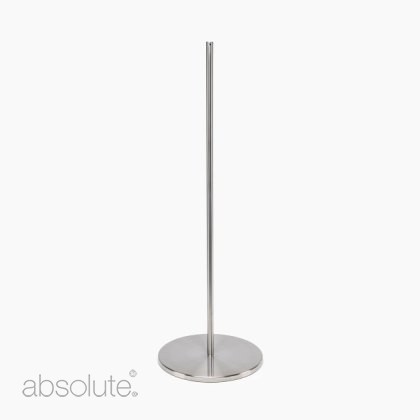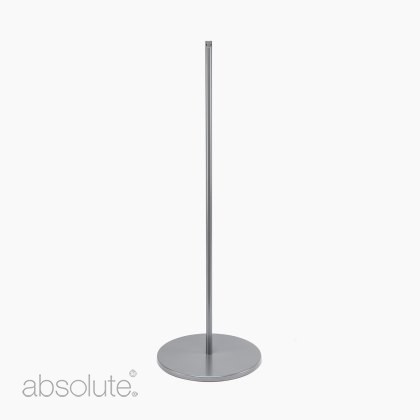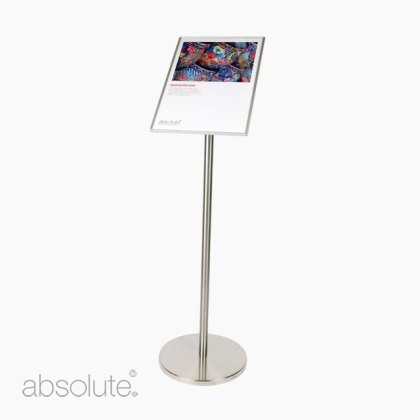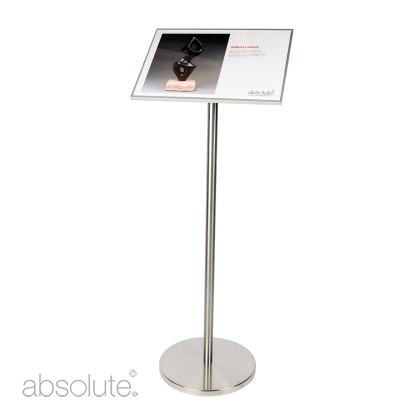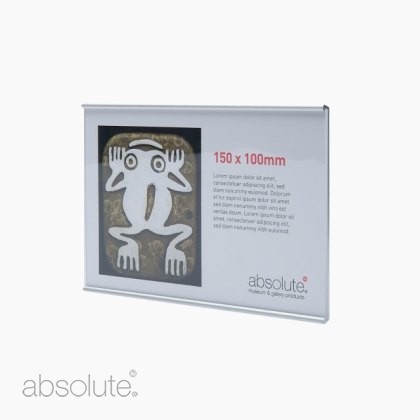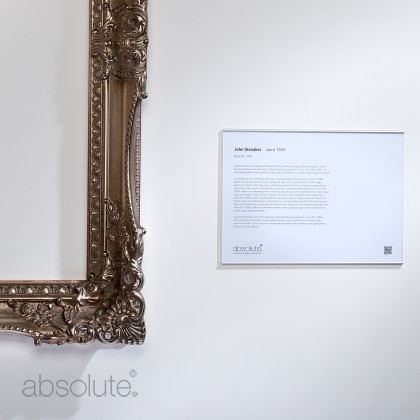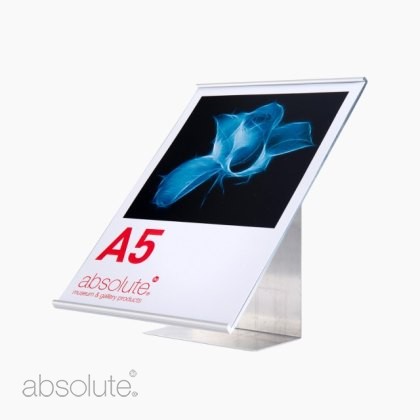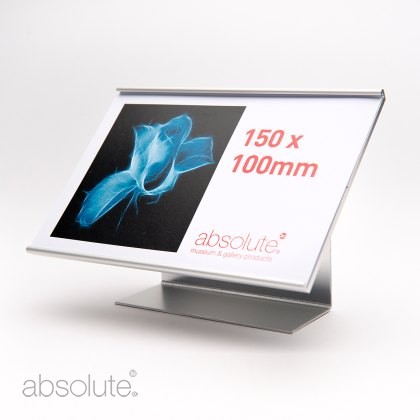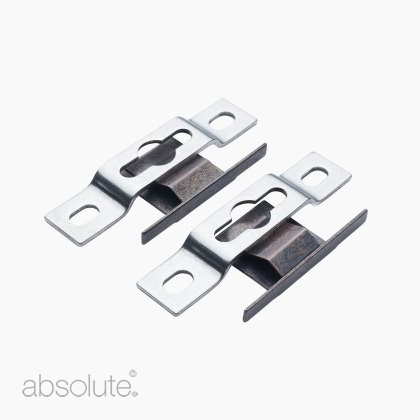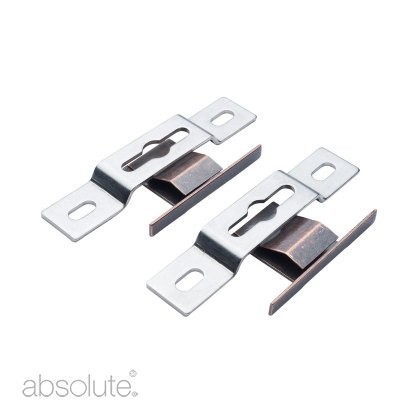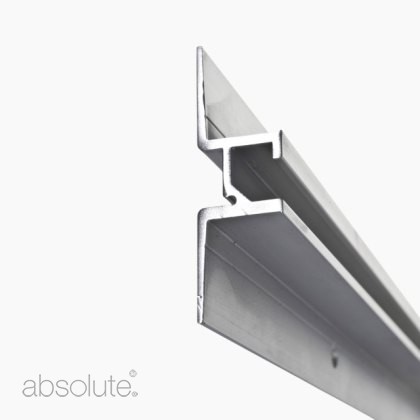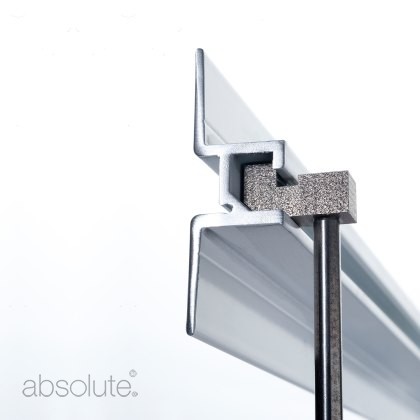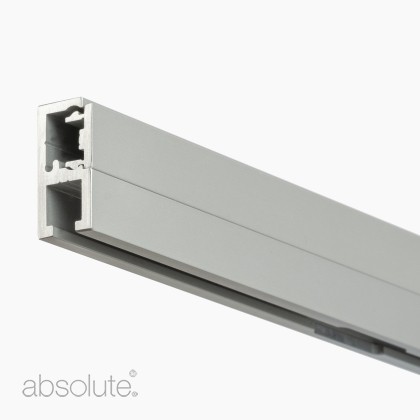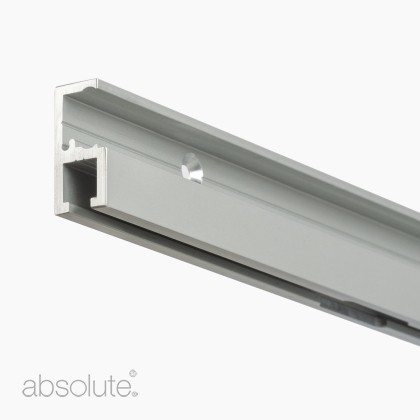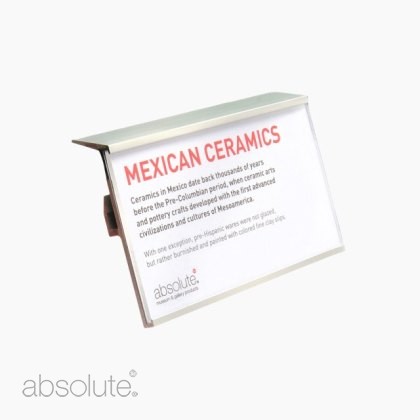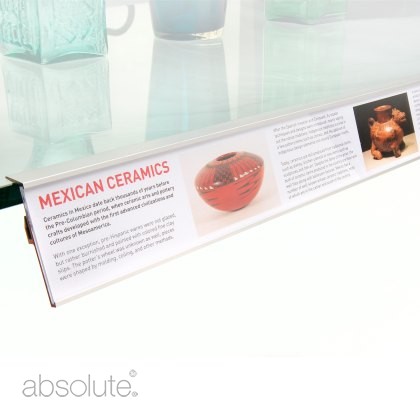Temporary Art Exhibition Checklist: A comprehensive Guide
![]()
“Exhibitions are kind of ephemeral moments, sometimes magic moments, and when they're gone, they're gone.”
Hans-Ulrich Obrist – art curator, critic, and art historian
Whether it’s the groundbreaking Armory Show of 1913, an event which first introduced Americans to European avant-garde artists such as Marcel Duchamp, Henri Matisse, and Pablo Picasso — or the equally prestigious Venice Biennale, a biennial culture festival which premiered the works of Gustav Klimt and Jackson Pollock — temporary art exhibitions can be powerful platforms for showcasing artworks and remain a vital feature of museums and art galleries across the world.
As well as generating more production opportunities for both artists and gallery curators, temporary exhibitions offer the scope to display a diverse range of collections, engage with different audiences, and create dynamic programming that reflects cultural trends and the rise of emerging artists.
Today we’re highlighting some of the key considerations for art galleries and museums when planning a temporary art exhibition.
Temporary Art Exhibition Checklist – What we’ll cover:
-
The difference between a temporary and permanent exhibition
-
The purpose of temporary art exhibitions
-
Checklist - Things to consider for a temporary art exhibition:
- Concept and theme
- The location and space
- The audience
- Visitor flow
- Artwork selection and acquisition
- Gallery design
- Artwork hanging equipment
- Lighting
- Artwork protection
- Environmental controls
- Labelling and signage
- Other interpretation materials
- Marketing
- Duration, logistics and installation plan
What’s the difference between a permanent art collection and a temporary art exhibition?
A permanent art collection is on display indefinitely and showcases an art gallery or museum’s most renowned acquisitions. These collections are typically the most significant works of historical, cultural or artistic providence and provide a continuous venue for appreciation and study, often serving as a core part of a museum or art gallery’s educational mission.
A temporary art exhibition, on the other hand, is a short-term display of artworks with a typical time duration ranging from a few weeks to a few months. Temporary exhibitions can be held in art galleries, museums, or other temporary venues and often focus on a particular theme, artist, movement or period.
What is the purpose of a museum or art gallery hosting temporary art exhibitions?
The very best temporary art exhibitions will expertly present engaging content, covering various themes, artists, and cultural narratives. Their purpose is to highlight and explore different aspects of art, current trends, ideas or particular audiences, and provide repeat visitors with new and engaging experiences, often generating buzz for the museum or art gallery. Whether a temporary exhibition is promoting emerging artists or marking cultural milestones, they keep the art landscape vibrant and ever-changing. Here are some of the reasons why an art gallery or museum might host a temporary art exhibition:
Promoting emerging artists
Art galleries often dedicate temporary exhibitions to emerging artists, providing them with a platform to showcase their work to a broader audience and gain recognition in the art community. The Saatchi Gallery in London is renowned for its support of new talent. In 2018, the art gallery hosted the Known Unknowns exhibition featuring 17 emerging artists from diverse backgrounds, offering them critical exposure and the opportunity to engage with a wider audience.
Thematic shows
Art galleries and museums will often organise temporary exhibitions centred around a specific theme or cultural motif. In 2018, the Museum of Modern Art (MoMA) in New York City held an exhibition titled Toward a Concrete Utopia: Architecture in Yugoslavia, 1948–1980; a thematic show which examined how architecture was used as a tool for revolutionary ideas and societal transformation in post-war Yugoslavia.
Retrospectives
Retrospective exhibitions are an important offering from an art gallery or museum’s cultural menu; events which take comprehensive looks at the career of a particular artist, featuring nascent works, creative milestones, and lesser-known pieces that might otherwise be undiscovered by audiences. Picasso 1932: Love, Fame, Tragedy at The Tate Modern in London was a hugely popular retrospective which examined a single pivotal year in the life and career of Pablo Picasso, giving visitors a unique perspective on his artistic evolution.
Rotating exhibits and showcasing collections in storage
To keep the main galleries fresh and engaging, museums often rotate their exhibits. Temporary exhibitions allow them to feature different parts of their collection periodically, creating a varied visitor experience. The American Presidency: A Glorious Burden exhibition at the Smithsonian will continuously update content to include new artefacts and stories related to U.S. presidents.
Limited floor space in museums and art galleries across the world relegates large collections of artworks to being hidden away in storage. Fortunately, temporary exhibitions can bring these hidden treasures to light — giving the public a unique chance to enjoy these rarely-seen pieces.
![]()
Checklist - Things to consider for a temporary art exhibition
Most exhibitions tend to be temporary by nature, so it's essential to plan meticulously to make the most of the limited time and space available. Indeed, a successful exhibition requires careful consideration of several factors, from the physical setup to visitor engagement strategies. Here are some key points to consider when planning a temporary art exhibition.
1. Concept and Theme
Identify the Purpose: Determine the purpose of the exhibition. Is it to showcase a particular artist, explore a theme, or present a collection of works?
Curatorial Vision: Develop a clear curatorial vision that ties together the artworks, theme, and narrative of the exhibition. This will guide all other decisions.
A well-curated exhibition tells a story or explores a specific theme. Arrange your artwork to create a logical flow that guides visitors from one piece to the next. Group artworks by theme, artist, or chronological order to create a cohesive narrative. A thoughtful arrangement of artworks serves to enhance the overall experience and engagement of your audience.
2. Location and exhibition space
When planning a temporary art exhibition, one of the first steps is to thoroughly understand the space in which you’ll be displaying your works; its dimensions, wall and floor space, and the associated limitations.
Important also at this time is to assess any conditions or restrictions in relation to the space, such as listed building status. To set up a temporary exhibition there may be some light building work required and so you'll want to ensure any work is within such conditions and sympathetic to the building.
Having a detailed overview of the exhibition area will allow you to carefully plan the layout of your artwork; all the while taking note of the lighting, wall surfaces, and traffic flow (more on these later) to optimise the viewing experience for visitors.
Useful Tool: Voyager Art is an online design tool that allows you to design your exhibition space in 3d, plan your layouts and manage your art collection with ease. A highly intuitive tool, it simplifies the process of planning your exhibitions and is a joy to use. To find out more about this new and exciting approach to exhibition planning, visualisation and promotion, visit voyager.art.
![]()
3. The primary target audience
When planning a temporary exhibition, identifying and understanding the primary target audience is crucial to the exhibition's success. The target audience shapes every aspect of the exhibition, from the selection of artworks and thematic focus to the design of interpretive materials, artwork layout and marketing strategies.
By clearly defining who the exhibition is for—whether it's art enthusiasts, students, families, or a specific cultural community—you can tailor the content and presentation to resonate with and meet the needs of that group. This ensures that the exhibition not only attracts the right visitors but also engages them in a meaningful way, fostering a deeper connection with the art and the narrative you're presenting.
Understanding your audience also guides decisions on programming, accessibility, and the overall visitor experience, making the exhibition more relevant, impactful, and memorable for those it aims to reach.
In action: A great way to ensure your primary audience are at the centre of your exhibition planning is to gather firsthand information through activities such as focus groups.
Practical example: If your exhibition is aimed specifically at children, the height placement of artworks and artifacts will likely need to be lower than an exhibition designed for adults.
4. Creating a smooth and clear visitor flow
Thoughtful spatial design to optimise visitor flow through an exhibition space will have a direct and positive impact on how visitors experience and engage with the exhibition. To design an exhibition with smooth and clear visitor flow:
- Determine the best placement of entrance and exit points to manage crowd movement and prevent congestion.
- Identify the most important pieces likely to attract the greatest amount of attention and ensure enough floorspace is available for multiple visitors to stand (or sit) and enjoy each of the works. Predicting the best positions for dwell time in this way will mean visitors don’t feel rushed and can take the time they desire with each artwork.
- Use temporary protective barriers to create space between artwork and visitor and help to direct the traffic flow. Pre-examine the floor plan to avoid placing barriers at traffic pinch points by doorways and tight corridors, this ensures that protective barriers do not become trip factors.
- Also, strategically placing information stands ensures a visitor understands what will happen next, helping to manage their experience and reduce the likelihood of confusion or back tracking.
![]()
5. Artwork Selection & Acquisition
The selection process begins with a clear curatorial vision, ensuring that each chosen piece aligns with the exhibition’s narrative, theme, or concept. This involves curating a mix of works that not only complement each other but also offer diverse perspectives or styles that enrich the visitor experience.
Once the selection is made, the acquisition phase involves securing the artworks through loans, purchases, or commissions, each requiring careful negotiation and planning. This includes coordinating with artists, galleries, or collectors to establish agreements on loan terms, transportation, insurance, and display conditions.
The acquisition process is also about ensuring that the works are obtained in a timely manner, allowing ample time for installation and any necessary conservation efforts or mandatory installation practices, such as the use of specific art hangers, casing, lighting or meeting certain security criteria. At this point it is important to ensure you have the right insurance to cover the artworks you will display.
If your temporary exhibition is to be a travelling one, you will also need to ensure that you have suitable transportation equipment for each piece, and experienced art handlers ready to oversee this process.
![]()
![]()
![]()
6. Overall gallery aesthetic and finishes
The aesthetic finishes, fixtures and furnishings selected play a huge role in shaping the overall experiential quality of a temporary exhibition. The choice of paint colours, wall treatments, plinths, and other design elements should harmonize with the exhibition’s theme and enhance the artworks on display.
For instance, wall colours can be used to set the mood, guide the visitor’s eye, or create contrast that highlights specific pieces; darker tones might evoke intimacy or drama, while lighter shades can provide a neutral backdrop that allows vibrant artworks to stand out.
The design of walls, including the use of partitions or temporary structures, helps in organizing the flow and dividing the space into coherent sections, each dedicated to different themes or artists.
Plinths and other display furniture should be selected for their ability to elevate sculptures or objects, both literally and figuratively, ensuring that they are viewed from the optimal perspective and at the appropriate height.
Attention to these design details not only complements the artworks but also contributes to a seamless visitor experience, making the exhibition space functional, inviting, and visually cohesive.
Useful Tool: Again, voyager.art is a fantastic platform for testing and visualising these finishing elements.
![]()
![]()
![]()
7. How you will hang the artworks
In this instance we are talking about the hardware you will use to hang each artwork, and for different pieces the method may vary.
Taking a step back, if you are planning a new temporary exhibition space, you might consider installing a versatile, robust, secure and visually quiet art hanging track (rail) system, that can be used for any exhibition and eliminates the need to drill directly into the wall, reducing the damage and repair works needed between each exhibition.
Absolute track systems are available to suit a variety of applications and installation settings and offer a convenient, quick and flexible hanging solution with high-specification capabilities; most of our tracks (when installed appropriately) can support artworks weighing 150kg each.
In terms of the hanger on the back of the artwork, if you are looking for security and adjustability, the Absolute Ryman Hanger is an industry staple, used by some of the world’s largest art institutions. If you are displaying loaned works, such pieces will likely come with hangers or stipulate the use of specific hanging hardware, both for security purposes and to minimise damage to the back of the frame.
It’s always a good idea to consult gallery display experts in the planning stage of your exhibition, who will be able to advise you on the best option for hanging your artworks. We are also very happy to offer advice, with over thirty years of experience, having worked directly with museums and galleries of all sizes.
8. Lighting considerations
Lighting is a critical element in temporary exhibitions, as it not only enhances the visibility and aesthetic appeal of the artworks but also plays a key role in setting the mood and guiding the visitor's experience. However, careful consideration must be given to both the type and intensity of lighting to protect the artworks from potential damage.
Many artworks, particularly those involving delicate materials like paper, textiles, or certain paints, can be sensitive to light exposure, leading to fading or deterioration over time. To mitigate this risk, curators often use low-UV, low-heat lighting solutions such as LED lights, which provide the necessary illumination without emitting harmful radiation. Adjustable lighting systems allow for fine-tuning the intensity, ensuring that each piece is properly lit without overexposure.
Additionally, directional lighting can be used to highlight specific features of an artwork or create dramatic effects, while diffused lighting can prevent harsh shadows and glare. Beyond aesthetics, ensuring proper lighting safety involves regular monitoring and maintenance, as well as adhering to recommended exposure levels to preserve the integrity of the artworks throughout the duration of the exhibition.
Lighting specialists, such as TM Lighting, will be able to provide specialist advice and guidance.
![]()
9. Artwork Protection
For temporary exhibitions, where possible we recommend selecting an art barrier that can be repurposed for multiple exhibitions, rather than selecting a barrier that is only suited to a specific exhibition. Not just as an effort to better work within budgets, this option is also the most environmentally conscious and logistically straightforward, not needing to consider and repurchase equipment every time the exhibition changes.
If your exhibition is a travelling one, you will want to make sure the protective barriers you choose are easy to store and transport. In some instances we have created bespoke barrier systems with bespoke packing crates, so as to allow for easy assembly, take down and movement.
For the most flexibility, we recommend a Freestanding Barrier, with our most popular being the Freestanding Barrier 400mm, in a neutral finish such as grey or stainless steel. For plinths, the Surface Mounted Barrier is also a great option, and whilst fixed in place by screws, they are quick and easy to install and take down, and can then, as with the freestanding barrier, be repurposed for future exhibitions or transported to new locations.
Another useful functionality to have from your protective barriers is the ability to add modular signage, so as making the system multi-purpose, space efficient and further adaptable to changing exhibitions.
More on Protective Barriers
Recent article: “A guide to museum barriers: Protecting Exhibits & Visitor Experience”
10. Environmental Controls
Environmental controls, particularly temperature and humidity, are essential for preserving the integrity of artworks during a temporary exhibition. Maintaining stable conditions is imperative, as fluctuations in temperature and humidity can cause materials to expand, contract, or degrade, leading to potential damage such as warping, cracking, or mould growth.
Ideal conditions typically involve keeping the temperature between 18-24°C and relative humidity around 50%, although specific requirements may vary depending on the materials of the artworks on display. Monitoring systems should be in place to ensure these levels remain consistent throughout the exhibition, and adjustments should be made promptly if any deviations occur.
Additionally, HVAC systems must be carefully calibrated to provide even air distribution without creating drafts that could affect the stability of delicate pieces.
Loaned artworks may come with strict conditions relating to environmental control, and it is worth bearing in mind that some light building work may be necessary to achieve the environmental requirements. It is always worth consulting an expert in these matters to ensure your temporary exhibition space is prepared for such circumstances.
![]()
![]()
11. Labelling and Signage
Well planned signage and labelling can greatly improve visitor experience, providing timely guidance as well as deepening visitor connection and engagement with the exhibition. It is essential to communicate narrative and deliver information at the right time, in the right place about both the exhibition generally and each individual piece.
Part of this endeavour involves selection the right label holders and signage stands. Again, for a temporary exhibition space flexibility is key; you need label holders that are easy to repurpose and of a consistent size most likely to suit the necessary information for each piece.
Opting for label holders used with recycled paper labels offers an environmentally friendly alternative to single use foamex, and is easier to change or update labels as and when needed.
In terms of the information you present, opt for clear, concise text and provide context and background information for each artwork. Ensure that signage is easily readable and strategically placed to guide visitors through the exhibition.
Signage used with directional barriers should help visitors navigate the space effortlessly, while informational labels for each artwork should include the title, artist's name, medium, and a brief description or background information.
More on Labelling & Signage
Recent Article: "Inclusive Exhibition Labels & Signage for Accessible Museums & Galleries"
Recent Article: "Maximising Artwork Presentation with Effective Label Holders"
Recent Article: "A guide to planning and installing label holders"
![]()
12. Interpretational materials
Outside of labels and signage, additional interpretational materials such as wall texts, exhibition guides and multimedia resources can greatly enrich the visitor experience and offer opportunities to improve the accessibility of an exhibition. They provide further context, background and insights that help visitors engage with the artworks and concepts on display.
Wall texts can introduce sections or overarching themes, offering a narrative that ties the exhibition together, while printed guides allow visitors to explore the content at their own pace, often including additional information or suggested routes. Multimedia elements, such as audio guides, interactive screens, or video installations, can cater to different learning styles and provide dynamic, immersive ways to explore the exhibition's content.
Think about the target audience, accessibility and inclusiveness for your temporary exhibiting when deciding on your interpretational materials.
13. Marketing
In order to attract the right audience and generate buzz, planning the marketing of a temporary exhibition is critical. You’ll already know your target audience because this is at the heart of your exhibition planning (as discussed earlier), now you need to tailor your marketing strategy to reach those people through the most suited channels, such as social, email, press and partnerships with other local cultural institutions.
Create a memorable and compelling exhibition ‘brand’ that runs through all your advertising and promotional materials for maximum impact. Also, allow plenty of build-up time for marketing before opening and be sure to build excitement through activities such as teaser content, pre-launch awareness campaigns and ticket launch announcements.
To help you with your marketing, take a look at Navigate, a specialist marketing agency that has the experience and insight from working specifically with museums and cultural institutions, and can guide you through your temporary exhibition launches.
![]()
14. Duration, logistics and installation/take down plans
For smooth execution and safeguarding of the artworks, as well as success of the exhibition, attention should be paid to the careful planning of logistical elements.
The duration should be long enough to attract a broad audience, yet aligned with the availability of the artworks and the gallery’s schedule. Seasonal timing is also important. For example, an exhibition aimed at a younger audience would suit spanning a school holiday period to maximise the available window for the audience to be able to visit.
Logistics involve coordinating transportation, insurance, and handling of the artworks, ensuring they are moved and stored safely. Installation requires detailed planning to place and secure each piece according to the exhibition design, including lighting and environmental controls.
Similarly, the take-down process should be meticulously organized to reverse the installation without damaging the works. A well-coordinated plan that accounts for these factors ensures the exhibition’s success and preserves the integrity of the artworks.
Portable exhibition equipment such as barriers, labels and signage will help make both the set up and take down process easier, and if the exhibition is to move on to another location, ensuring you have a plan for safely organising and transporting your equipment is also important.
The image above shows a custom shipping/storage crate we made containing a bespoke protective barrier and signage system we made for one of our clients recently.
We are here to help
Planning and executing a successful temporary art exhibition can be a tremendously involved process with lots of factors to consider, each of which will be dictated by the size and dimensions of your gallery space.
One constant in the process, however, is the need for effective equipment, from art hanging systems to protective barriers, labels and signage.
If you would like any guidance or help finding the right gallery display solutions for your temporary exhibition, please do get in touch with us today, we would be happy to advise.
Get in touchSolutions for temporary exhibitions
Freestanding Barrier (400mm)from $167.58 (ex VAT)Surface Mounted Barrierfrom $120.54 (ex VAT)Essentials Surface Mounted Barrier (400mm)$94.08 (ex VAT)Essentials Freestanding Barrier (400mm)$130.83 (ex VAT)Freestanding Barrier (1000mm)from $291.06 (ex VAT)Information Stand (US)from $420.42 (ex VAT)Label Holderfrom $15.44 (ex VAT)Freestanding Label Holderfrom $45.57 (ex VAT)Ryman Artwork Hanger - Secure Setfrom $16.17 (ex VAT)Flush Mount Track (Rail) Art Hanging Systemfrom $169.05 (ex VAT)H Track (Rail) Art Hanging Systemfrom $129.36 (ex VAT)Shelf Edge Label Holder$165.38 (ex VAT)-
-
Posted by Jade Turner
27th August 2024

